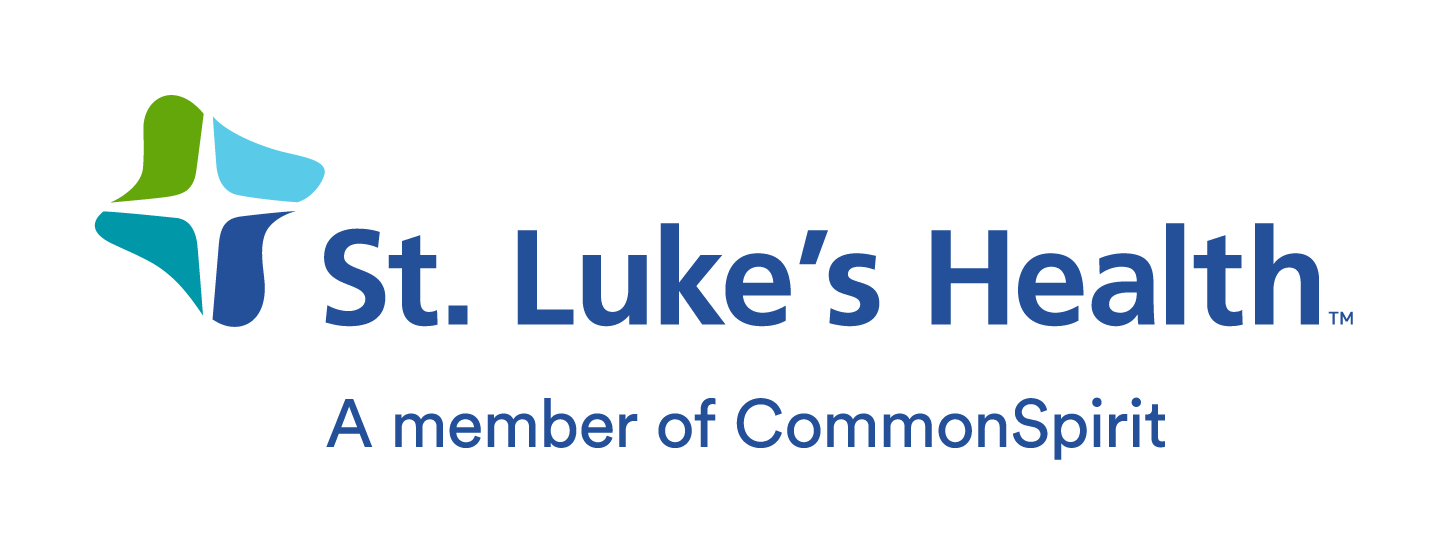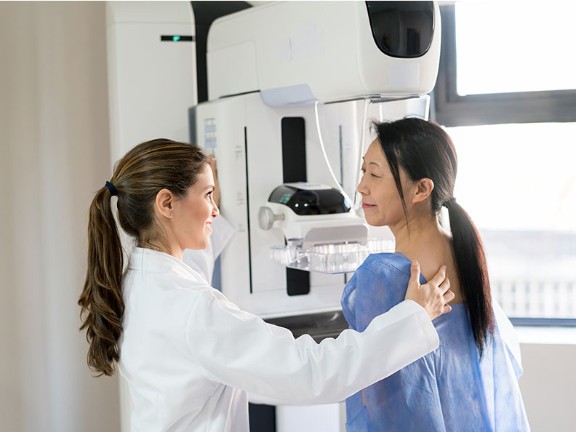What’s the most important time you can devote to your health this year? It might just be the 15 minutes it takes to get an annual screening mammogram, an X-ray scan that’s the most effective way to find breast cancer early. Early detection puts time on your side by increasing the chances of successful treatment. That makes a mammogram a worthy investment of time in your health and future.
The Power of Early Detection
Learning how your breasts normally look and feel can help you recognize lumps or other changes to tell your primary care physician about. Most lumps aren’t breast cancer. Still, not every change is detectable without imaging. That’s why annual screening mammograms are such valuable tools. They can find abnormalities that might go unnoticed otherwise, such as tumors and calcium deposits you can’t feel.
As you get older, the risk of breast cancer increases, with most cases occurring after age 50, according to the Centers for Disease Control and Prevention. That makes regular mammograms essential. If found when small and confined to the breast, breast cancer is highly treatable and potentially involves less complex therapy. In fact, invasive cancer that hasn’t spread beyond the breast has a 99 percent relative five-year survival rate. From 1989 to 2020, the rate of deaths due to breast cancer decreased by 43 percent due, in part, to earlier detection from screening, according to the American Cancer Society.
When Should You Start Having Annual Mammograms?
Screening mammogram recommendations can be confusing. The most important thing to remember is to start having yearly scans when your physician says it’s appropriate based on your level of risk.
The American College of Radiology recommends that women at average risk of breast cancer start annual mammograms at age 40. The American Cancer Society says these women should have the option to start screening at 40 but begin no later than 45. Both organizations recommend starting screenings earlier for women at high risk of breast cancer.
In 2023, the U.S. Preventive Services Task Force revised its recommended screening mammography start age for all women from 50 to 40. The draft recommendation calls for screening mammograms to take place every other year, though, instead of annually, as many experts advise.
The Big Deal About Breast Density
St. Luke’s Health offers 3D mammograms, which, unlike standard 2D scans that take two pictures, take multiple pictures of the breasts from many angles. This allows radiologists to examine the tissue in 3D image slices, which can improve cancer detection and reduce the need for additional imaging. For women with dense breasts, 3D mammography may be a more effective form of screening.
If you have dense breasts, which means your breasts have more fibrous and glandular tissue than fat, it can be more difficult to see abnormalities in mammogram images. That doesn’t mean you should skip your annual mammogram, though. Mammograms still show most masses in women who have dense breasts, and evidence suggests 3D mammograms may be more adept at finding tumors in dense breast tissue. Women with dense breasts have a higher risk of breast cancer, which makes early detection all the more important.
How do you know if you have dense breasts? In Texas, as in several other states, a law requires imaging facilities to notify patients if their mammogram showed dense breast tissue and provide education about how it affects their breast cancer risk. Starting in September 2024, all mammography providers in the U.S. will be required to notify patients about breast density.
Ready to devote time to your breast health? Find a St. Luke’s Health breast imaging location near you and schedule a screening mammogram.




